2018-12-16
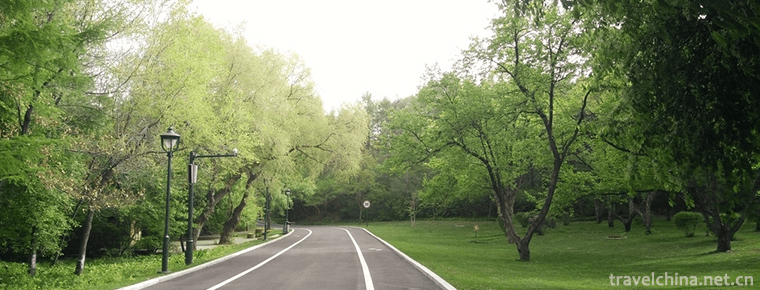
- By ChinaWiki.net
- Chinese Edition
- 2018-12-02
Shenyang Botanical Garden, located in Dongling District of Shenyang, also known as Shenyang World Expo Garden and Shenyang World Horticulture Expo Garden, is a multi-functional comprehensive tourist attraction integrating green ecological ornamental, fine garden art, humanistic landscape architecture, scientific research, popular science education and entertainment and leisure activities. Founded in February 1959, it was officially opened to the outside world in 1993. It covers an area of 211 hectares. Taking Lily Tower, Phoenix Square and Rose Garden as the symbolic theme buildings, it gathers the gardens and architectural works of five continents in the world and key cities in China. A total of 100 exhibition gardens are distributed in the north and South regions.
Shenyang Botanical Garden is the site of the 2006 Shenyang World Horticultural Exposition in China. It is known as the World Expo Garden in the Forest. It has been awarded the honorable titles of "Fifty Great Sceneries of Liaoning Province", "Fifteen Great Tourist Landscapes of Shenyang City" and "Ten Ten Popular Science Education Bases of Shenyang City". In 2004, it was awarded the first batch of 5A-level tourist attractions. Area title.
According to historical records, "old station", "Gaokan", "Shangma", "Zhongma", "Zhongma", "Xiamajiawanzi", "Yantai", "Qijiafang" and "Zhongshuiquan" around Shenyang Botanical Garden were all established in the early Qing Dynasty. An ancient village. Among them, the old station, Gaokan, seven rooms and Yantai used to have "Xiangyun Temple", "Longquan Temple", "Qingyun Temple" and "Guandi Temple" (none of them exists today). The old station was many years earlier than other villages. Before the South Gate of Shenyang Botanical Garden, Shenfu Highway (North Line) was still a thousand-year-old road, which was called "Great Royal Road" in the Qing Dynasty. In that year, Emperor Kangxi, Emperor Qianlong, Emperor Jiaqing and Emperor Daoguang made many routes to and from Shengjing (Shenyang) and Xingjing (Xinbin) to worship ancestral mausoleums. Jianling troops should set up "Jianying" in Yantai Village to provide the emperor with lunch. At that time, officials of Shengjing Wupin and above will gather in Yantai Village and kneel down to welcome the emperor into the capital.
The Shenyang-Fujian Railway, originally known as the Fenghai Railway, was built in 1925 by the people of Northeast China on their own. Previously, railways in the Northeast were built by imperialist powers. Fenghai Railway is an important historical relic in the past hundred years of Northeast China. It is also a textbook for patriotic ideological education to young people.
In 1958, Chairman Mao Zedong visited the old station (the seat of Gaokan Commune) on his way to Fushun. Planning for the Botanical Garden here the following year
Shenyang Botanical Garden was built in February 1959. Comrade Jiao Ruoyu, the first Secretary of the Shenyang Municipal Committee, instructed Shenyang Municipal Construction Bureau and Shenyang Institute of Forestry and Soil of the Chinese Academy of Sciences to jointly establish Shenyang Botanical Garden.
In 1962, it was taken over by Shenyang Landscape Architecture Department. During the Cultural Revolution, it was abolished and merged into Donghui Forest Farm. It was restored in 1973.
In 1981, Shenyang Landscape Architecture and Shenyang Greening Department were separated, and the Botanical Garden was classified as the greening department.
In 1988, it was changed to Shenyang Institute of Landscape Sciences. Specialized gardens such as arboretum garden and special plant ornamental areas were built. Relying on the natural advantages of Lake surface, the Tieshao Bridge was built.
On July 18, 1993, the Shenyang Municipal Government approved the formal opening up. Since then, Shenyang Botanical Garden has embarked on the road of joint development of scientific research, popular science and tourism.
In 1994, it was reoccupied to Shenyang Urban Construction Bureau and became a public institution directly under the Bureau.
In April 2002, according to the overall planning for the development of the eastern tourism region, the Shenyang Botanical Garden was classified as the Management Committee of the Chebanshan Development Zone of Shenyang from the original Shenyang Construction Administration Bureau.
In 2006, Shenyang Botanical Garden successfully hosted the 2006 China Shenyang World Horticultural Exposition.
In May 2015, after the National Tourism Administration issued a serious warning to Shenyang Botanical Garden, a 5A scenic spot, Shenyang Botanical Garden invested 80 million yuan in hardware improvement and implemented the ticket card system.
On October 9, 2015, the State Tourism Administration held a press conference to inform the recent verification of 5A scenic spots. After rectification and acceptance, the severe warning and punishment against Shenyang Botanical Garden in Liaoning Province, which was notified in April 2015, was revoked.
Shenyang Botanical Garden covers an area of 211 hectares. Among them, 196 hectares of green land, 6.5 hectares of water, 6.9 hectares of roads and buildings. There are four types of exhibition areas: Leisure Exhibition area, special exhibition area, domestic exhibition area and foreign exhibition area, with more than 100 exhibition parks. The overall layout is divided into North and south by Shenfu Railway. The southern half is a botanical garden, Cuihu Lake and rock climbing tourist area, Jingtan and Lingjiaogou recreational bridge area, popular science park, Xingxing Paradise Park and other major tourist parks. The northern half is a steam locomotive exhibition hall, hotels and plant planting area.
The Park collects a variety of plant resources in Northeast, Northwest, North China and Inner Mongolia. It has more than 2000 kinds of open woody plants, open herbs and greenhouse plants. It is the most widely collected plant exhibition garden in Northeast China.
In 1985, it was awarded "Civilization Unit" by the Shenyang Committee of the CPC and the Shenyang People's Government.
In 1990, it was awarded "Civilization Unit" by Liaoning Provincial Construction Committee.
In 1997, it was named "Fifty Great Sceneries of Liaoning Province" by the Provincial People's Government.
In 1997, it was named "the 15th National Tourism Landscape of Shenyang City" by Shenyang People's Government.
In 1997, it was named "Ten Popular Science Education Bases in Shenyang" by Shenyang People's Government.
In 1998, it was awarded "Civilization Unit" by Liaoning Provincial Construction Committee.
In 1999, it was recommended as "National Excellent Tourist City Demonstration Unit".
In 1999, it was awarded "Civilized Scenic Spot" by the CPC Liaoning Provincial Committee and the Provincial People's Government.
In 2000, it was awarded "Advanced Workers'Home" by Shenyang Federation of Trade Unions.
In 2000, it was awarded "Provincial Safety and Civilization Unit" by Liaoning Provincial Public Security Comprehensive Governance Committee.
In 2000, it was awarded "Advanced Unit of Spiritual Civilization Construction" by Liaoning Province.
In 2000, it was awarded "AAAA Tourist Area" by the state;
In 2001, it was awarded "Advanced Party Committee" by Liaoning Provincial Committee of the CPC.
In 2002, it was awarded "Advanced Unit of Tourism Employment" by the provincial government.
In 2002, it was awarded "Advanced Unit of Provincial Tourism" by the provincial government;
In 2005, it was awarded "Advanced Unit of National Creation of Civilized Scenic Spots" by the Central Civilization Office, the Ministry of National Construction and the State Administration of Tourism.
On May 8, 2007, Shenyang Botanical Garden was officially approved by the National Tourism Administration as a national 5A tourist attraction.
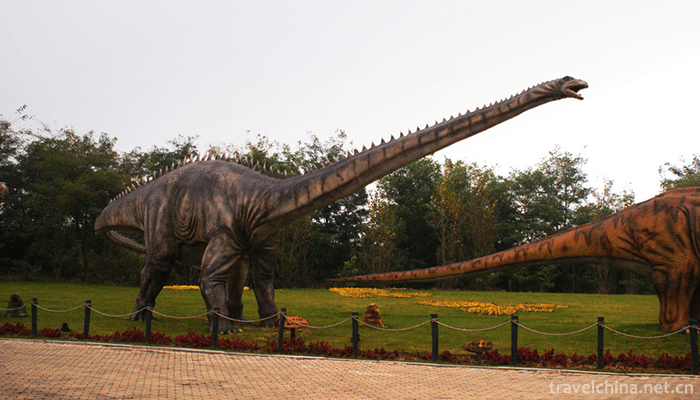

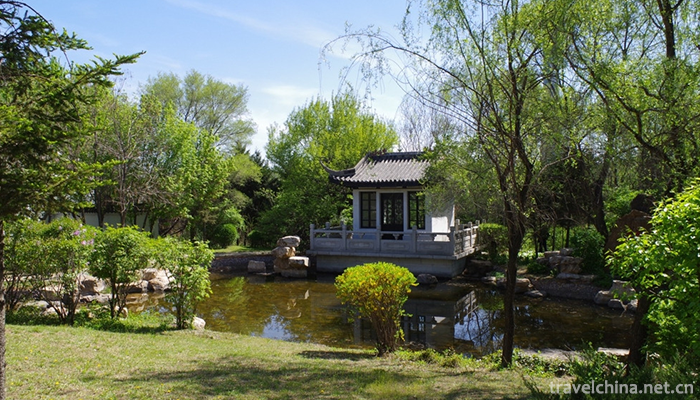
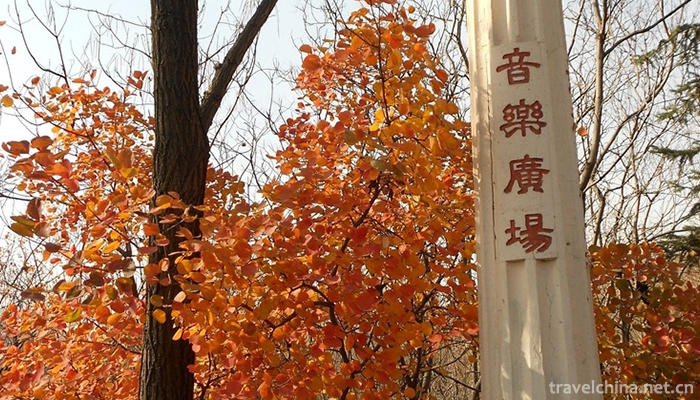

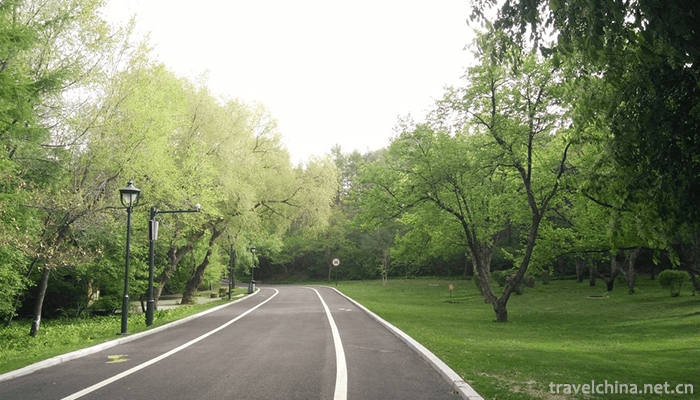
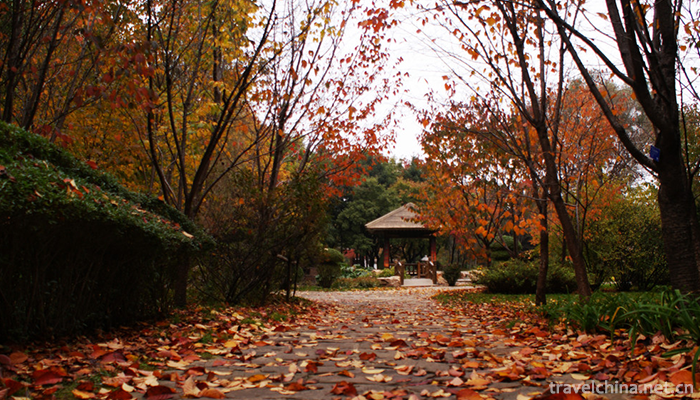
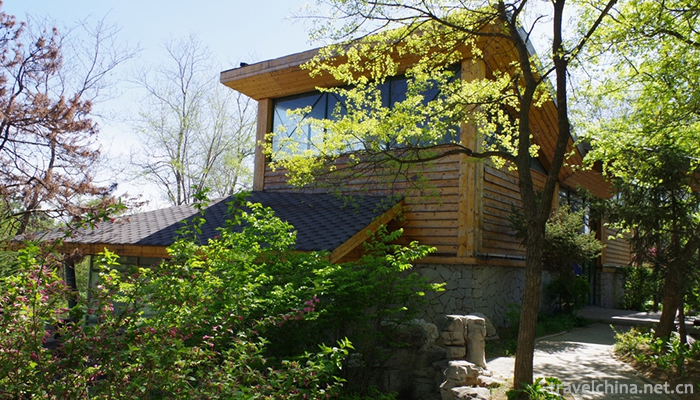
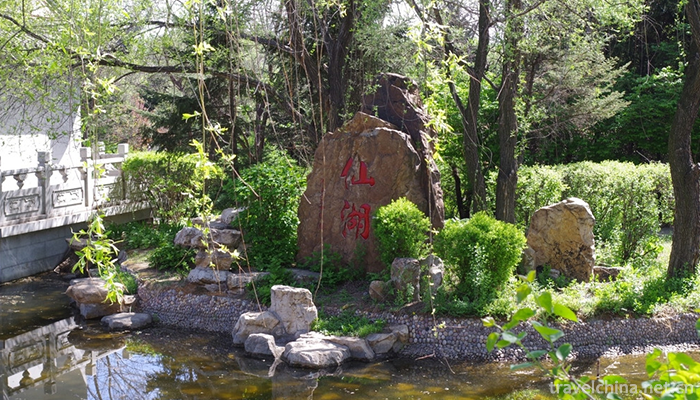
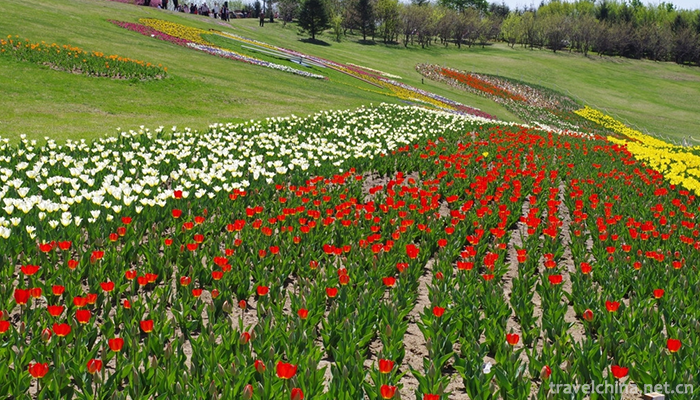
Ask a Question
Your email address will not be published.
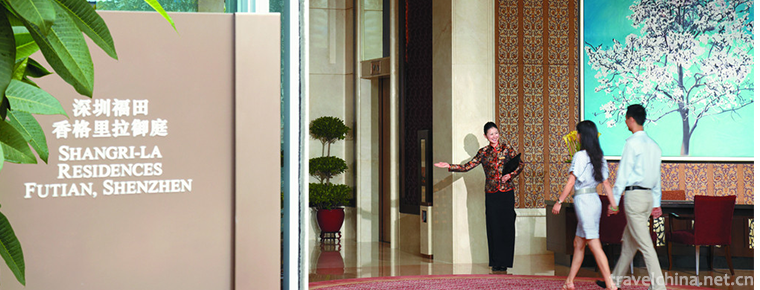
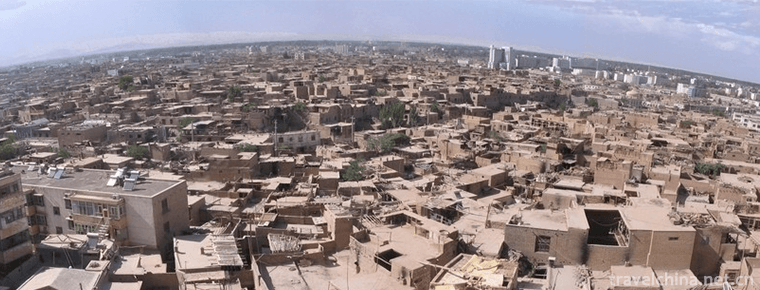
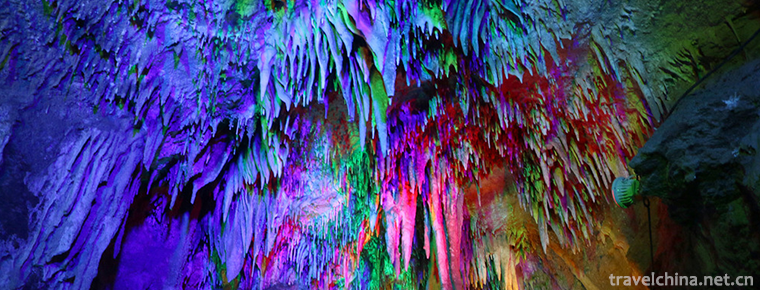
0 Questions